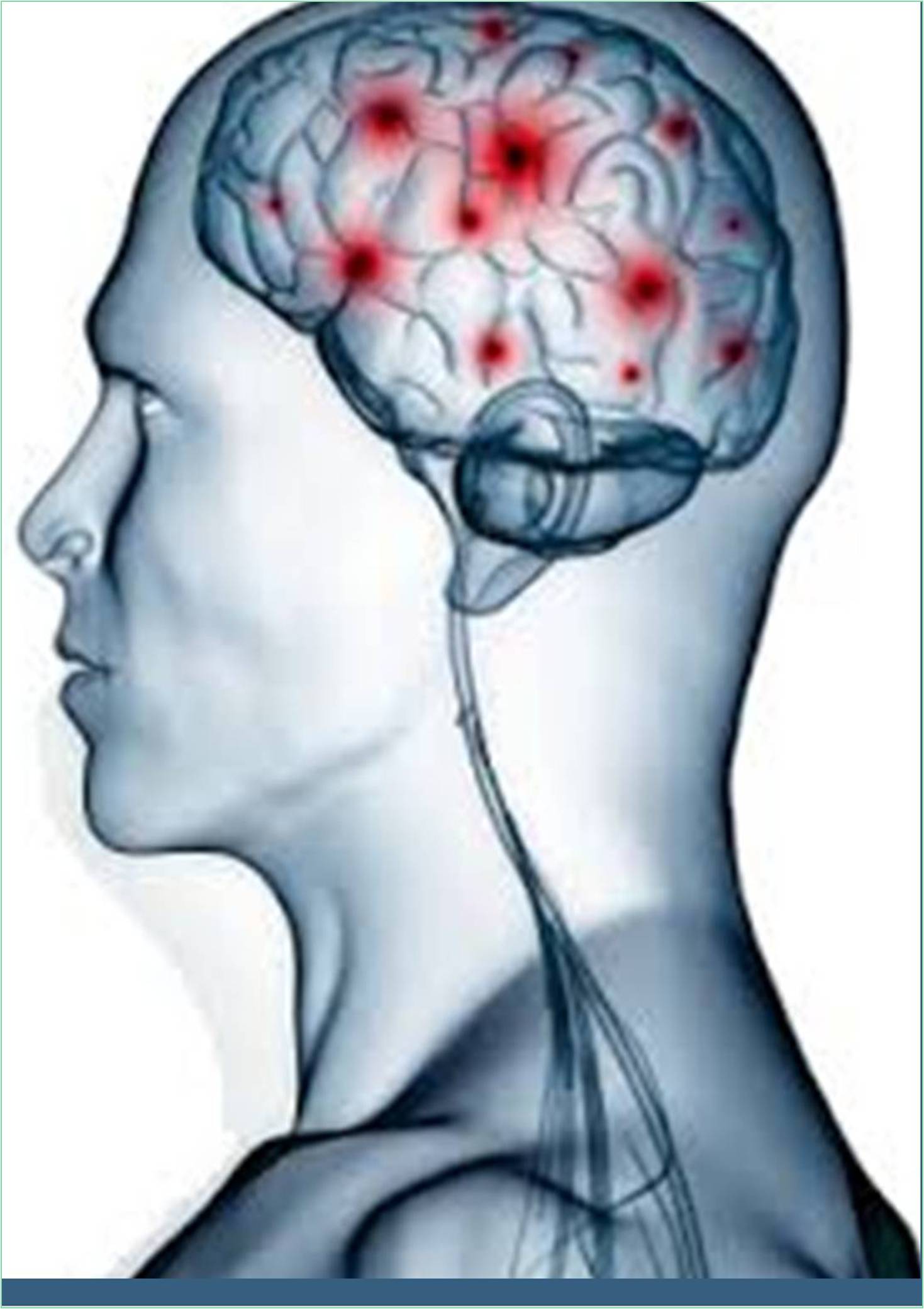



Received: 07-Feb-2022, Manuscript No. GJNN-22- 58260; Editor assigned: 09-Feb-2022, Pre QC No. GJNN-22- 58260 (PQ); Reviewed: 21-Feb-2022, QC No. GJNN-22- 58260; Revised: 24-Feb-2022, Manuscript No. GJNN-22- 58260 (R); Published: 28-Feb-2022
In neurology, abulia or aboulia refers to a lack of will or initiative and can be considered as Disorder of Diminished Motivation (DDM). Abulia is in the middle of the spectrum of decreased motivation, with apathy being less extreme and akinetic mutism being more extreme than abulia (Marin RS et al., 2005). This condition is originally thought to be a disorder of will and people with abulia are unable to act or make decisions independently. And those conditions can range in severity from subtle to overwhelming. Also known as Blocq’s disease, it also refers to abasia and astasia-abasia.
A clinical condition called abulia was first described in 1838. But since that time many different and sometimes contradictory definitions have emerged. Abulia is described as a loss of motivation, expression, behaviour and language output, with slowing and prolonging language latency and with reduced spontaneous thinking and initiative. The most commonly associated clinical features of abulia are (Vijayaraghavan L et al., 2002):
• Difficulty in starting and maintaining intentional movement
• Lack of voluntary movement
• Decrease in spontaneous speech
• Increased response time to requests
• Passivity
• Emotional response and decreased spontaneity
• Reduction of social interaction
• Decreased interest in regular entertainment
Diet can be impaired, especially in patients with progressive dementia. Patients may continue to chew or hold in their mouth for hours without swallowing food. Behaviour can be most apparent after these patients eat part of their diet and lose their appetite (Starkstein SE et al., 2008).
Many different causes of abulia have been suggested. There is some debate about the effectiveness of abulia as another disease, but experts strongly agree that abulia is the result of lesions on the forehead, not on the cerebellum or brainstem. Abulia may be a dopamine- related dysfunction as a result of increased evidence that the limbic and midbrain cortical dopamine systems are key to motivation and reward responsiveness. Abulia can also result from a variety of brain injuries that result in personality changes such as: B. Dementia, trauma or intracerebral hemorrhage (stroke), especially a stroke that causes diffuse damage to the right hemisphere (Grunsfeld AA et al., 2006, Kile SJ et al., 2006).
Diagnosis of abulia can be very difficult because it lies between two other disorders that reduce motivation, mistaking extreme cases of abulia as akinesia or less than abulia. The patient may not be treated properly by mistaking the case as abulia. When confused with indifference, it requires a strong source of motivation for success, but can lead to attempts to involve the patient in physical rehabilitation or other interventions that are still lacking. The best way to diagnose abulia is through clinical observations of the patient and interviews with relatives and loved ones to set the criteria for comparing new behaviors of the patient to determine if they are actually declining is to provide to motivation. In recent years, imaging tests using CT or MRI scans have proven to be very helpful in identifying brain lesions that have been shown to be one of the leading causes of abulia.
Most of the current treatments for abulia are pharmacological, including the use of antidepressants. Commentary Open Access However, treatment with antidepressants has not always been successful, opening the door to alternative treatments. The first step to successful treatment of abulia or other DDM is to pre-assess the patient’s general health and address problems that can be easily corrected. This may mean controlling seizures or headaches, arranging physical or cognitive rehabilitation for cognitive and sensorimotor loss, or ensuring optimal hearing, vision and speech. These basic steps also motivate patients because their improved physical condition increases function, drive, and energy, thereby raising the patient’s expectations of successful initiative and effort.
There are 5 steps of treatment like
• Optimize your health.
• Diagnose and treat other conditions specifically associated with decreased motivation (e.g, indifferent hyperthyroidism, Parkinson’s disease).
• Eliminate or reduce the dose of psychiatric drugs and other drugs (SSRIs, dopamine antagonists, etc.) that exacerbate loss of motivation.
• If both DDM and depression are present, treat depression effectively.
• Motivate yourself with other drugs such as stimulants, dopamine agonists or cholinesterase inhibitors.
[Crossref] [Google Scholar] [PubMed]
[Crossref] [Google Scholar] [PubMed]
[Crossref] [Google Scholar] [PubMed]
[Crossref] [Google Scholar] [PubMed]
[Crossref] [Google Scholar] [PubMed]